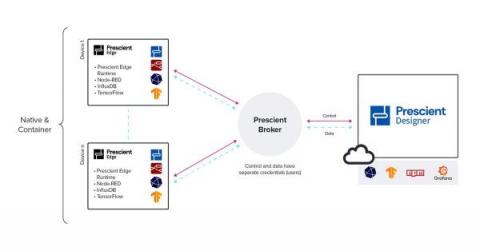Create Bitcoin Buy and Sell Alerts with InfluxDB
This article was originally published in The New Stack. Given how volatile Bitcoin price is, an automated alerting system can be valuable for preserving our attention and sanity. We can pay attention to Bitcoin only when the price action is interesting. Momentum, that is buying an asset that has done well in the past, has been one of the most persistently effective trading strategies — see Clif Asness: “Value and Momentum Everywhere” and Tzouvanas (2019).











